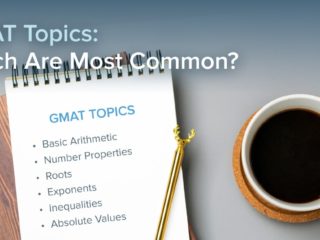Last Updated on May 3, 2023
GMAT OFFICIAL GUIDE PS
Solution:
To more easily solve this problem we can inscribe triangle ABC in a circle. Remember that a circle has a total of 360 degrees. So, if we were to rotate point B around the ENTIRE circle, it would rotate 360 degrees, returning to its original position. We also know that the inscribed equilateral triangle breaks the circle into 3 arcs of equal length. In other words, arc AB = arc BC = arc CA. We can take this one step further and say that each arc equals 360/3 = 120 degrees. So the degree measurement from B to C is 120 degrees, from C to A is 120 degrees and from A to B is 120 degrees. Let’s see what happens when we rotate the triangle clockwise. Let’s first rotate the triangle so that point B ends up where point C currently is. In order to get B is the place where C was, we have to rotate the triangle 120 degrees. Finally, we must rotate the triangle one more time so that point B is where point C currently is. Notice that to get point B to where point C was, we have to again rotate the triangle 120 degrees.
<img class="alignnone" src="/wp-content/uploads/2015/05/OG_PS_75-1.png" alt="If p/q
Thus, in total, we have rotated the triangle 240 degrees to get point B to the position where point A originally was.
Answer: D



